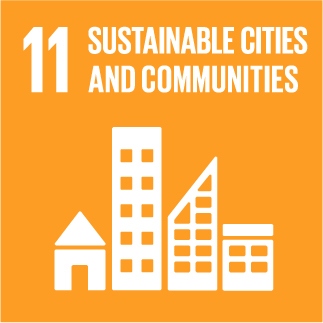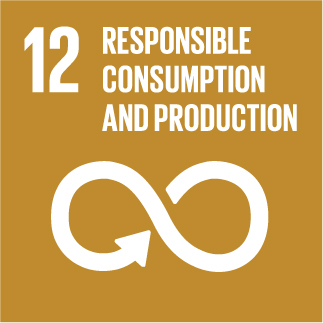URBANREC
On the Use of Biobased Waxes to Tune Thermal and Mechanical Properties of Polyhydroxyalkanoates–Bran Biocomposites
In this work, processability and mechanical performances of bio-composites based on poly(3-hydroxybutyrate-co-3-hydroxyvalerate) (PHBV) containing 5, 10, and 15 wt % of bran fibers, untreated and treated with natural carnauba and bee waxes were evaluated. Wheat bran, the main byproduct of flour milling, was used as filler to reduce the final cost of the PHBV-based composites and, in the same time, to find a potential valorization to this agro-food by-product, widely available at low cost. The results showed that the wheat bran powder did not act as reinforcement, but as filler for PHBV, due to an unfavorable aspect ratio of the particles and poor adhesion with the polymeric matrix, with consequent moderate loss in mechanical properties (tensile strength and elongation at break). The surface treatment of the wheat bran particles with waxes, and in particular with beeswax, was found to improve the mechanical performance in terms of tensile properties and impact resistance of the composites, enhancing the adhesion between the PHBV-based polymeric matrix and the bran fibers, as confirmed by predictive analytic models and dynamic mechanical analysis results.

» Author: Vito Gigante
» Reference: doi: 10.3390/polym12112615
» Publication Date: 06/11/2020
» More Information

This project has received funding from the European Union's Horizon 2020 research and innovation program under grant agreement Nº 690103




URBANREC Guidelines by URBANREC Consortium is licensed under a Creative Commons Reconocimiento-NonComercial-NoDerivatives 4.0 Internacional License.
Puede hallar permisos más allá de los concedidos con esta licencia en www.aimplas.net
